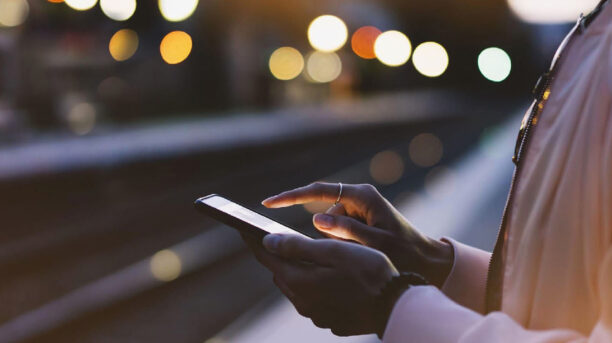Emoticons have changed communication. What’s next?
The old adage “time flies” has never been truer than now, in the fleeting and nebulous world of instant communication, where ideas gain currency at breakneck speed and lose it just as quickly. Communication is constantly redefining itself, often from one moment to the next.
Some observers believe the use of symbols and truncated verbiage is proof of the de-evolution of language and the infantilism of the millennial and Gen Z generations. But it’s not about whether you agree or disagree that the smiley face or the thumbs-up or the selfie are intelligent forms of communication; it’s about where communication is headed and how savvy – and how fast – you can keep track.
While the influence of new technology is almost absolute in manufacturing and business, as well as the arts, there is probably no sector or industry that has been impacted as directly and as radically as media. The effect of technology has triggered a remodelling of content gathering and advertising.
For custom-content creators and marketers, one advantage is the ability to calibrate a client’s aim by identifying trends and target demographics. For example, companies can track the use of emoticons. Why would they want to? In the past, market researchers spent countless hours interviewing focus groups to get a handle on popular opinion. Now they can just track the use of emoticons on social media.
As we distance ourselves from face-to-face conversations, e-mail and text messages have evolved to convey unexpected emotional tones. What started as a colon followed by an end bracket, for instance, became known as the “smiley face.” Emoticons have since exploded to convey a range of emotions, from surprise, anger and happiness, to characters based on fictional creatures. Why sign off with a regular emoticon when you can send a Miss Piggy emoji?
Video gamers communicate through their own cryptic language of emoticons – such as o7 (a salute) and >.< (angry) – and they come up with new ones daily.
According to Digiday, there are some two billion smartphone users worldwide using emoticons or emojis, and the trend shows no sign of decreasing. The publication reported in April, 2015 that an estimated six billion emoticons are messaged every day.
This trend has changed the nuances of how we self-identify and it has generated its own lexicon of phrases and contracted usage in communication.
Graphic signifiers such as emojis have brought into play a stock shorthand: generalized hieroglyphics to express “emotions” or, more accurately, the target reader’s approval or disapproval of a particular issue or trend.
While there is certainly a playful, fleeting, disposable and superficial tone, this modern mode of communication still represents a default position that should not be ignored.
As media and advertising exist in the moment – that is, in the perpetual present – there is no distinguishing between popular culture and high culture. Popular culture is culture. It is the animated expression of what is happening now.
The question is not ‘do we approve or don’t approve of where things are headed,’ but do we know where they are heading?
And given the ever-volatile state of communication, do we have the modern-day sophistication and sensibility to adapt?
Elizabeth Holland is the Senior Editor, Globe Content Studio
See all Ideas & Insights


